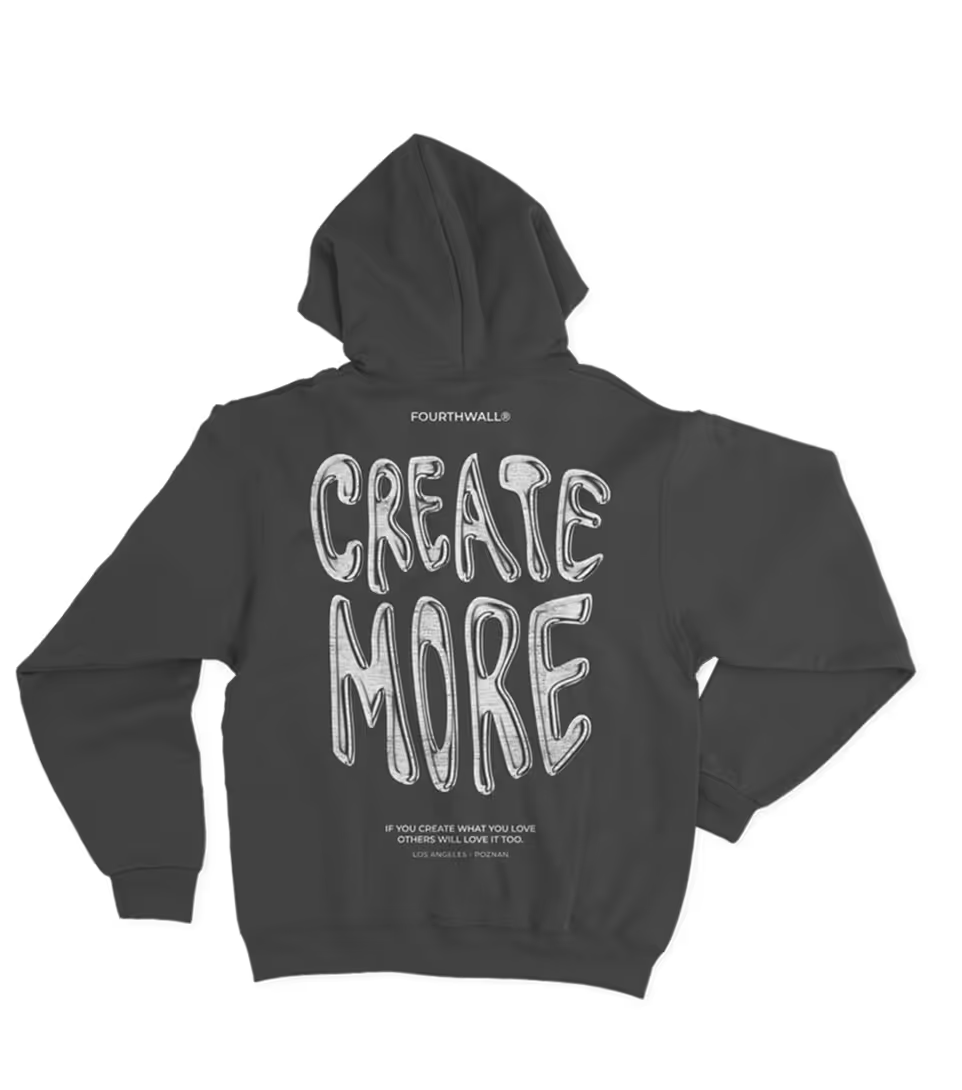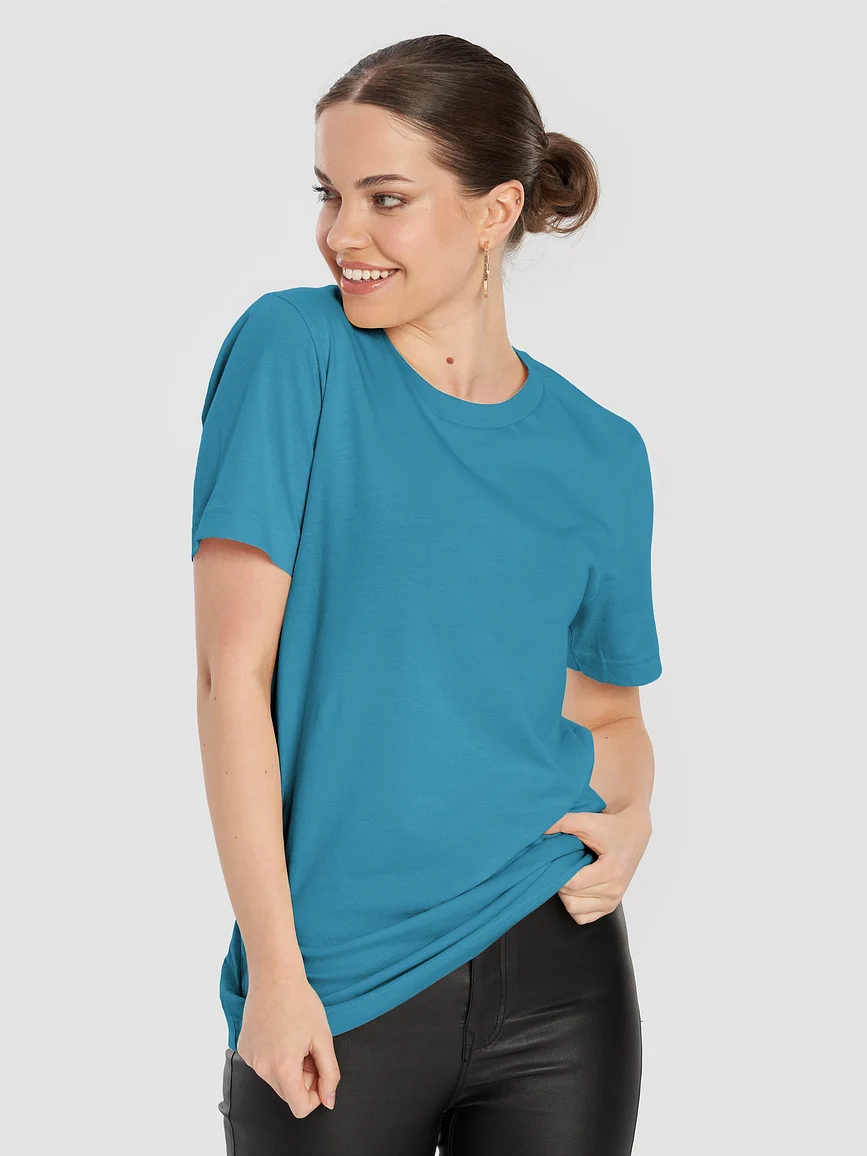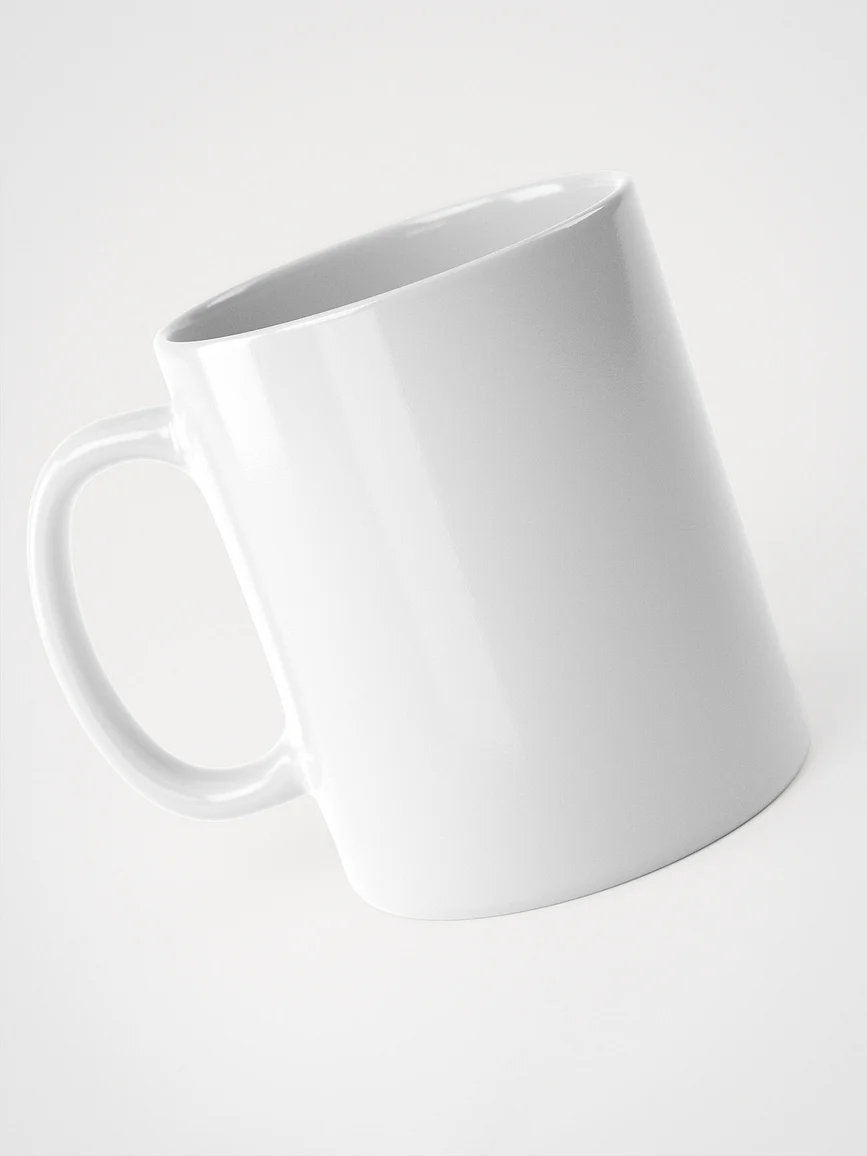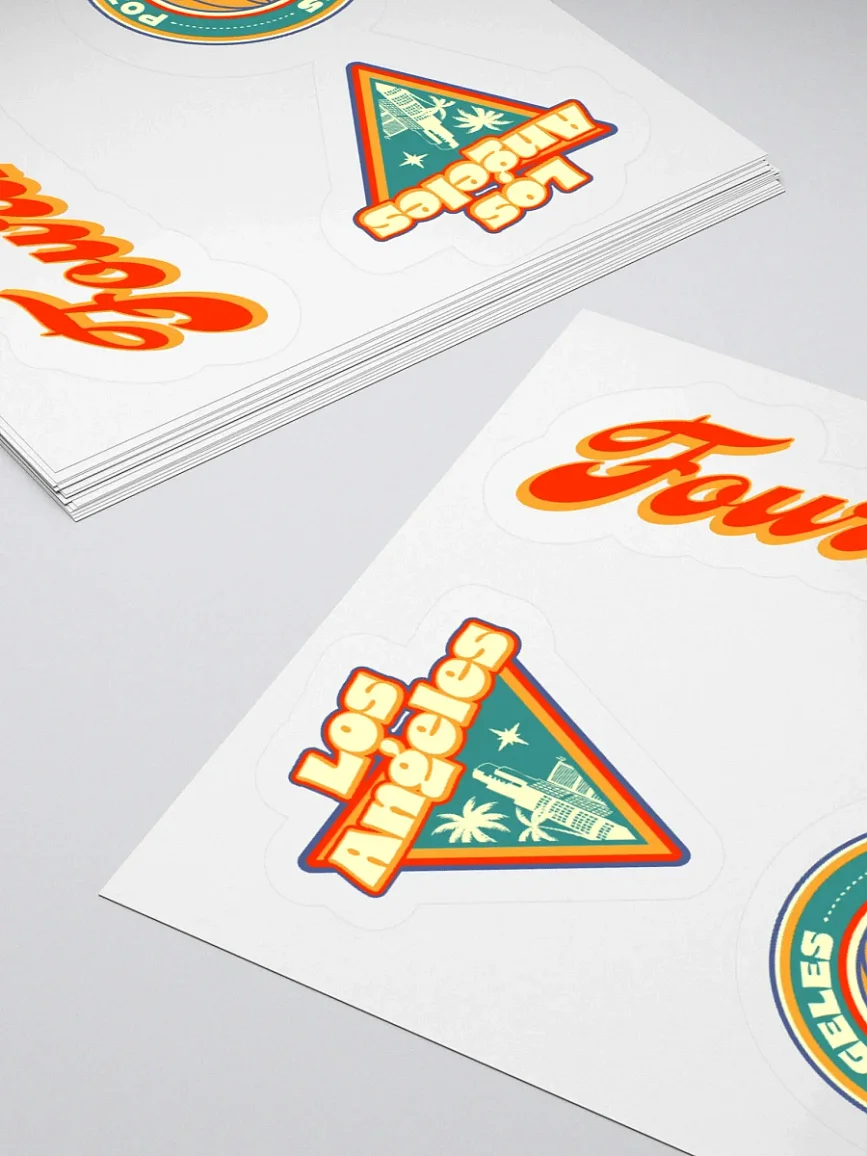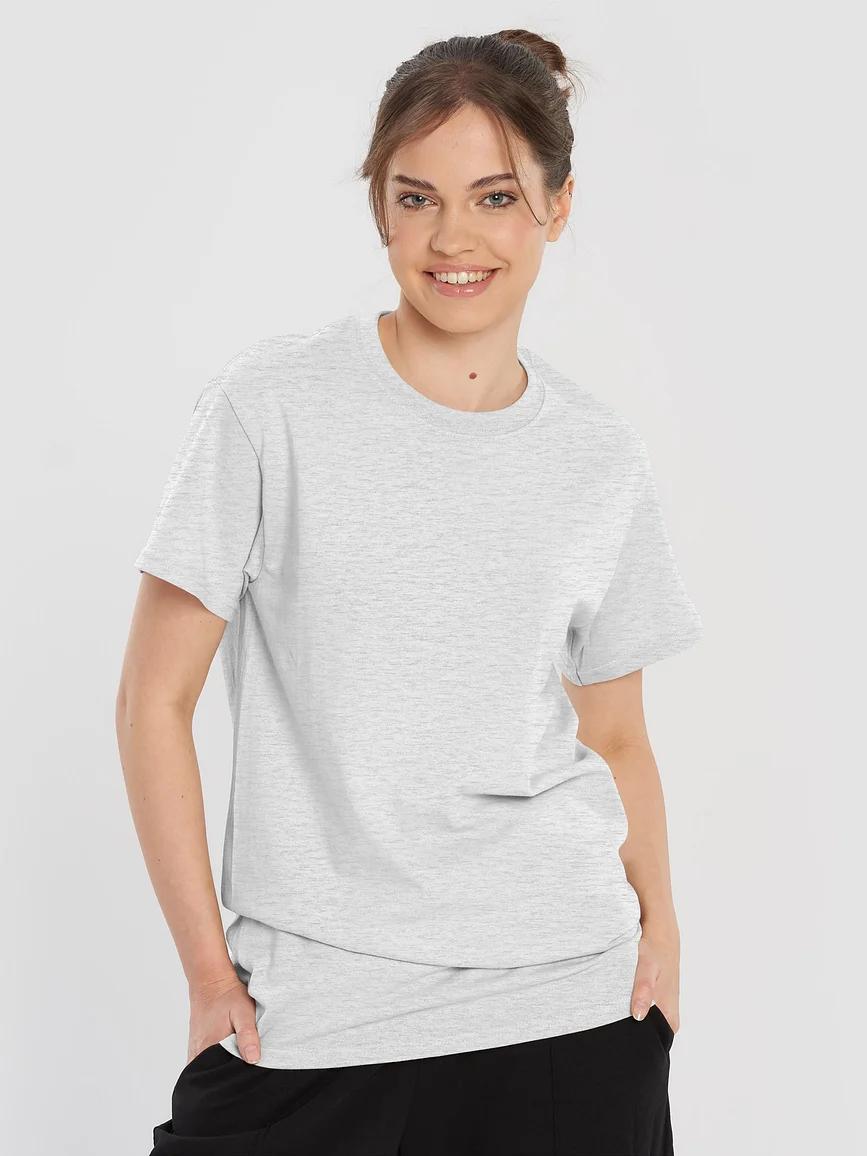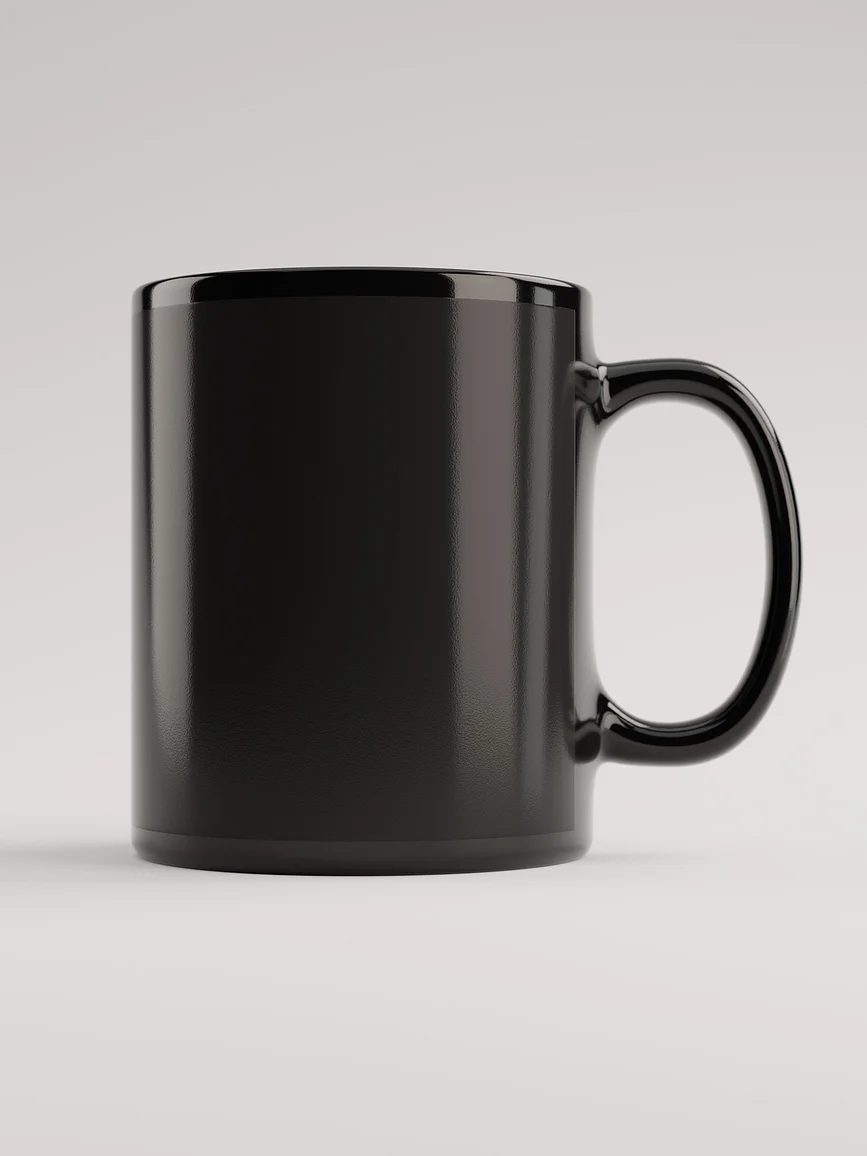Creator Secrets: How to Sell Digital Art Online
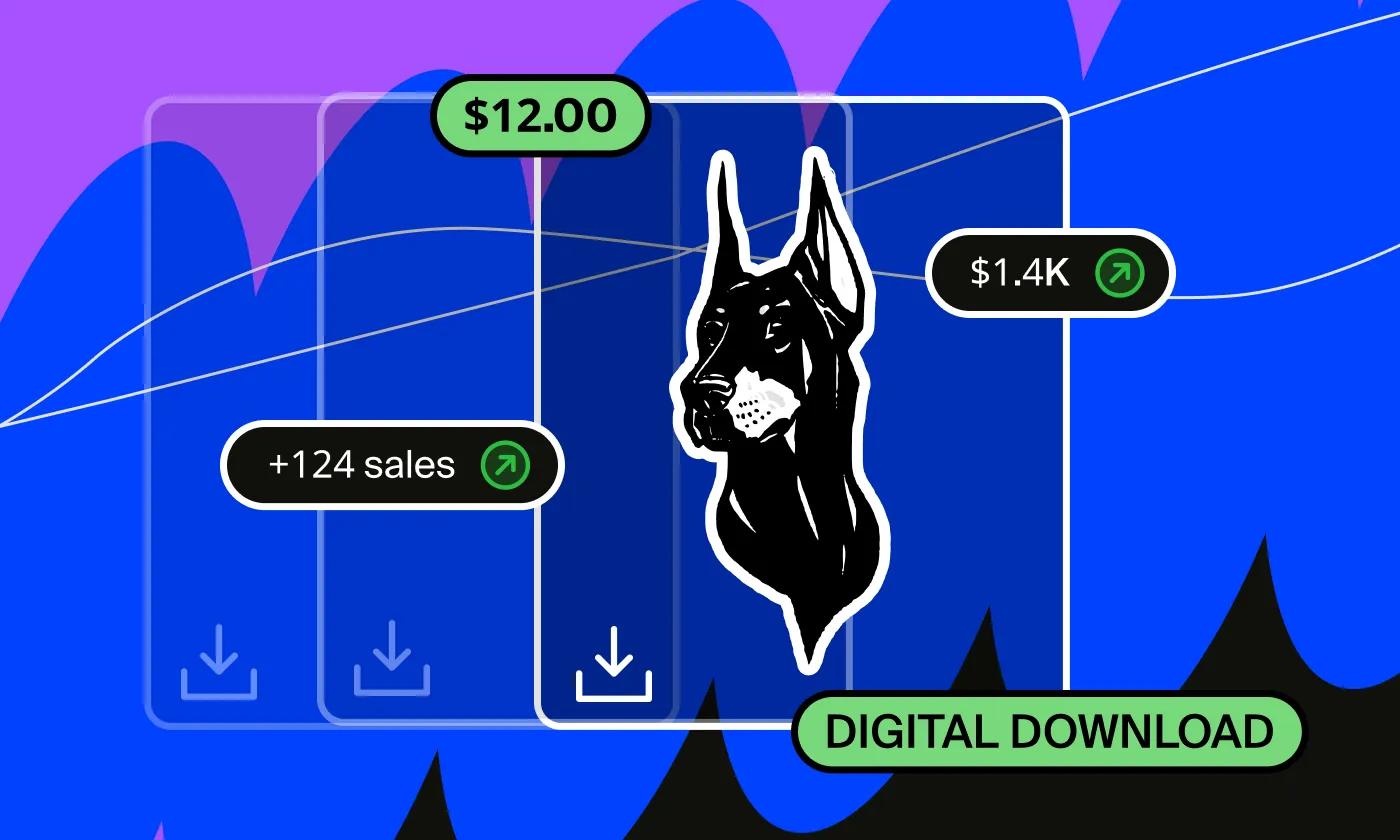
Between online art platforms, digital galleries, socials, and print on demand services, selling digital art and reaching a huge audience for same has become easier than ever. The digital art market provides a wealth of opportunities for digital artists to monetize their creativity (pun intended) by selling art, and creating digital art is also a flexible pursuit, as you can work from virtually anywhere to earn revenue while selling digital art online.
Let's dig into exactly what digital art is, how you can effectively sell art online for profit on online art marketplaces, and how to price - and protect - your work. We'll also learn how sites like Etsy and Fourthwall can help you maximize your digital art sales, whether you're a seasoned artist or just starting your online art business.
What is Digital Art?
Digital art basically means any artwork that's created using digital tools and art creation software. This includes a wide range of styles and formats, from digital paintings and illustrations to 3D renderings, vector art, photopainting, and pixel art. Popular tools like Adobe Creative Cloud, Procreate, and open source art painting program Krita have empowered artists to produce high quality digital art that can easily be displayed, shared, and sold online.
Standalone digital art prints are the most obvious way to sell art online. Ecommerce platforms like Etsy and Fourthwall let you beautifully list your artworks, and then sell them as either digital downloads (where the customer prints the artwork on their side), or as a print on demand purchase, framed or unframed.
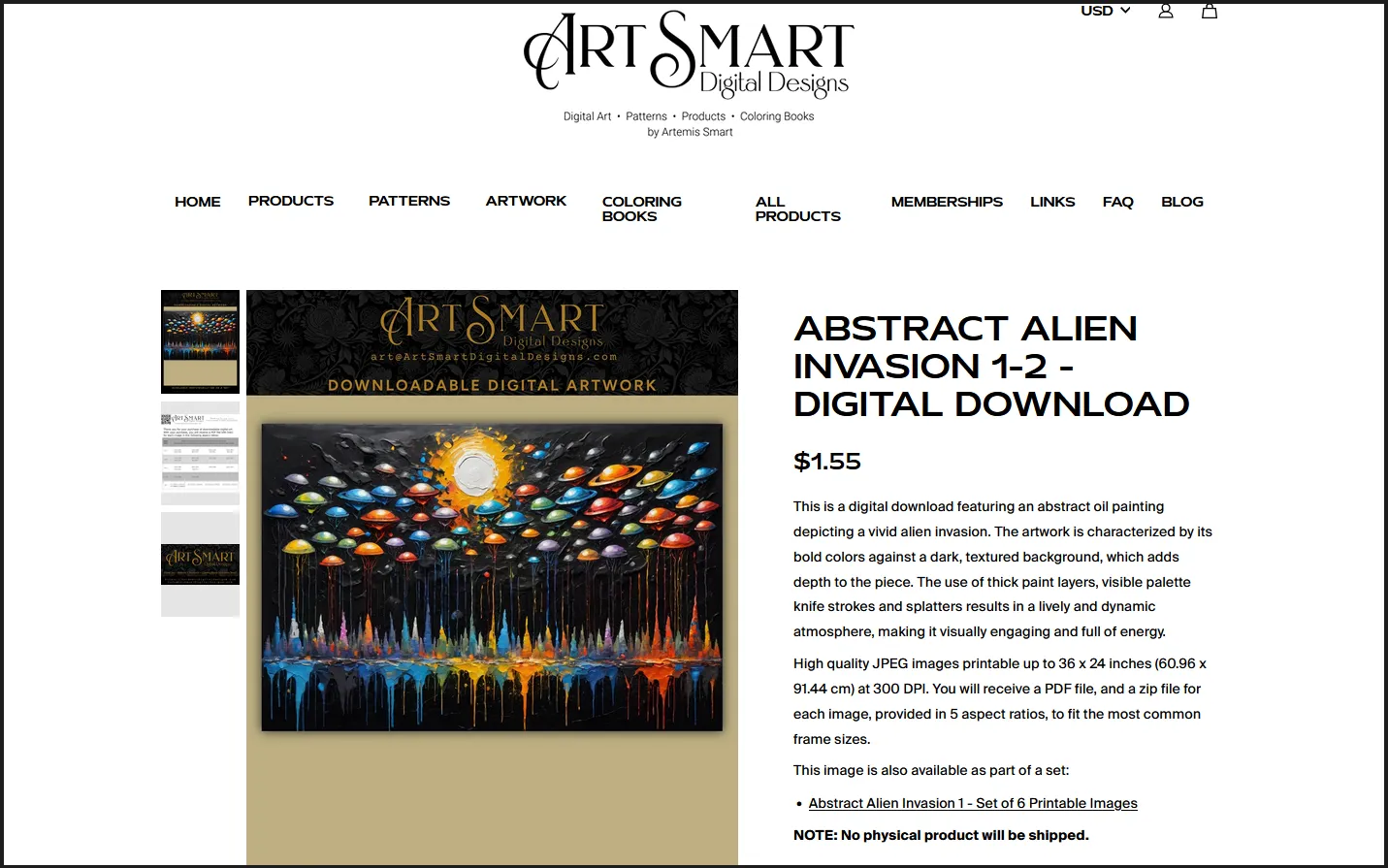
You can also sell them as digital products, like desktop wallpaper or digital calendars and planners. But don't stop there - you can print your artwork onto other products, too, like the T-shirts, mousepads, phone cases, mugs, and more found on ecommerce sites like Fourthwall - the digital art medium makes it easy to showcase your creations and sell art online in a myriad of ways, letting digital artists truly make a living for themselves via the online art market.
Why Selling Digital Art is More Lucrative Than Ever
The demand for digital art has really become a Big Thing, driven by trends like the growth of online art galleries, and the ease with which art can be shared globally. Digital art allows creators to sell art to audiences far beyond their local markets, selling art prints, digital artwork, and even art-bedecked merch to collectors and art enthusiasts worldwide.
Online marketplaces like Etsy and Fourthwall have made it super simple to set up your own online art store, enabling artists to sell art in digital form, without the need for physical inventory. Between digital downloads and print on demand services, your art can be purchased by virtually anyone, anywhere there's internet! Digital art today can also be a source of passive income, as artists can sell the same piece of artwork multiple times; this ability to earn endlessly from one piece of art, coupled with the low-to-zero overhead costs, has made selling digital art and digital products a lucrative venture for artists.
3 Key Elements of Successful Digital Art
There are three important components of digital art to keep in mind as you're preparing your artworks for sale! Being on top of all three of these gives you an excellent chance at success in the online art market.
Originality and Style
Let's get real - there's a LOT of digital art available, and a lot of artists selling art online. So how do you stand out in the crowds on Fourthwall, Etsy, and elsewhere? Develop a unique style of your own! Creating a recognizable style and a consistent vibe with your art and your brand will make it easier to build a loyal audience who are there specifically for YOUR art, and who will buy it consistently as you continue creating. If you've already got a signature style, great! If not, try exploring different themes, techniques, and styles to find what resonates best with both you and your audience.
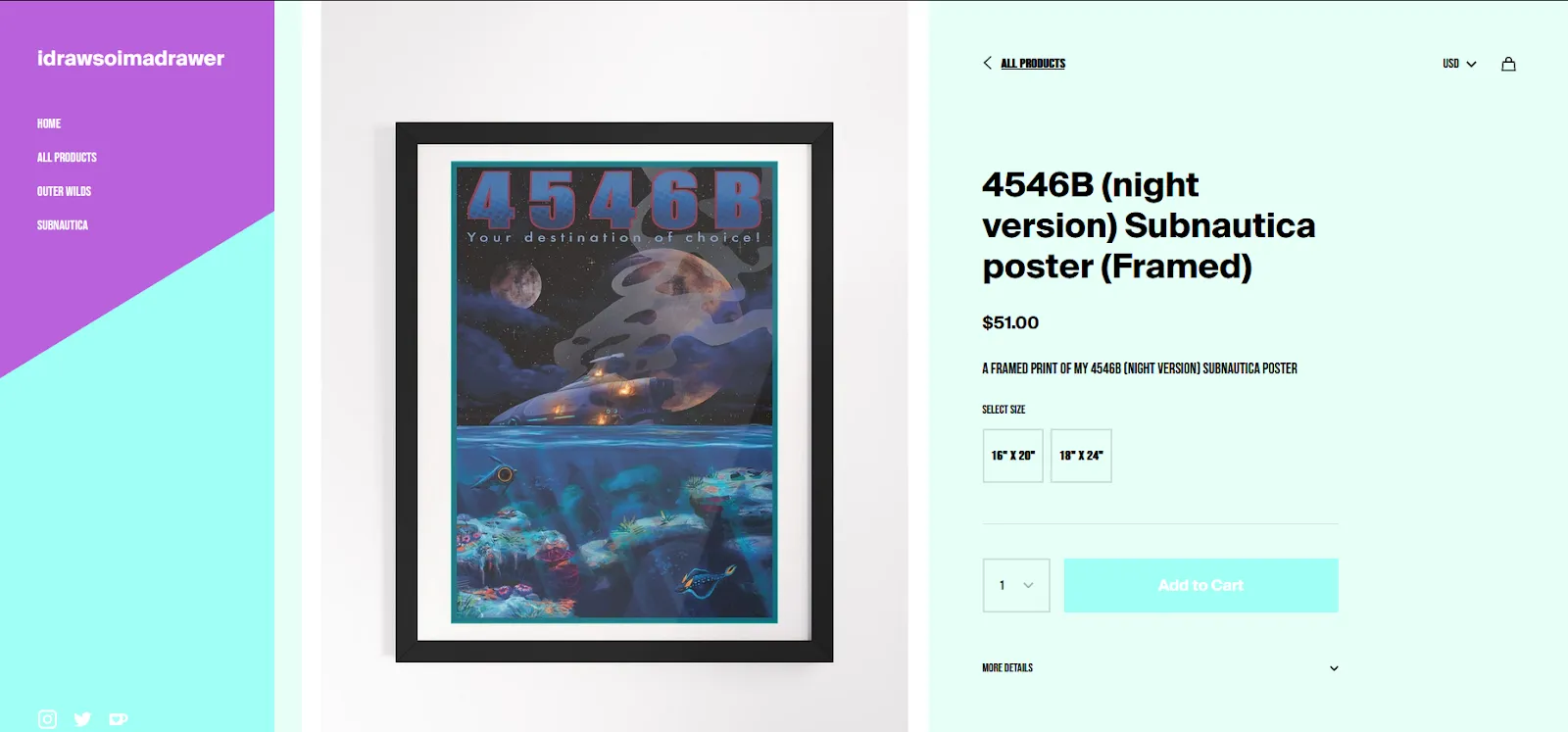
Quality and Resolution
Digital artwork prints that are high quality and high resolution are essential for meeting the professional standards expected by buyers. Whether you're selling digital art prints on Fourthwall or offering your work as digital download print on demand files on Etsy, the quality of your artwork is of major importance; none of your final images should be blurry or pixelated. The best file formats for high quality prints are PNG and TIFF, while JPGs are generally good enough for online (web only) use (including digital products like desktop wallpapers.)
Keeping Up with Trends
Trending art is often best-selling art. That doesn't mean you have to immediately jump on the bandwagon for every single art trend, but if you're looking to sell art online, it definitely helps to watch art market trends and understand what buyers are looking for on sites like Fourthwall, Etsy, and DeviantArt. This research will help you identify which of your artworks you can comfortably adapt to current trends; and that might help you bring in new revenue and have some fun experimenting with your art at the same time.
How to Sell Digital Art in 6 Steps
1. Create High Quality Digital Art
We might be stating the obvious here, but it's best to start your store with some artworks already completed! A roster of a dozen or more pieces of digital art will let you nicely establish the beginnings of your art gallery on your ecommerce store, so you can start selling online.
To create your art, use pro-grade tools like Adobe Photoshop or Procreate; and make sure you create your artworks at a high resolution, so that they'll look great when printed, whether you sell art online as print on demand or framed wall art, or as designs on other types of merchandise. A good sizing guideline is to create your art at a minimum of 3600x5400 pixels at 150 dpi (dots per inch), as that will allow you to sell printed art as large as 24x36 inches, which is a standard frame size.
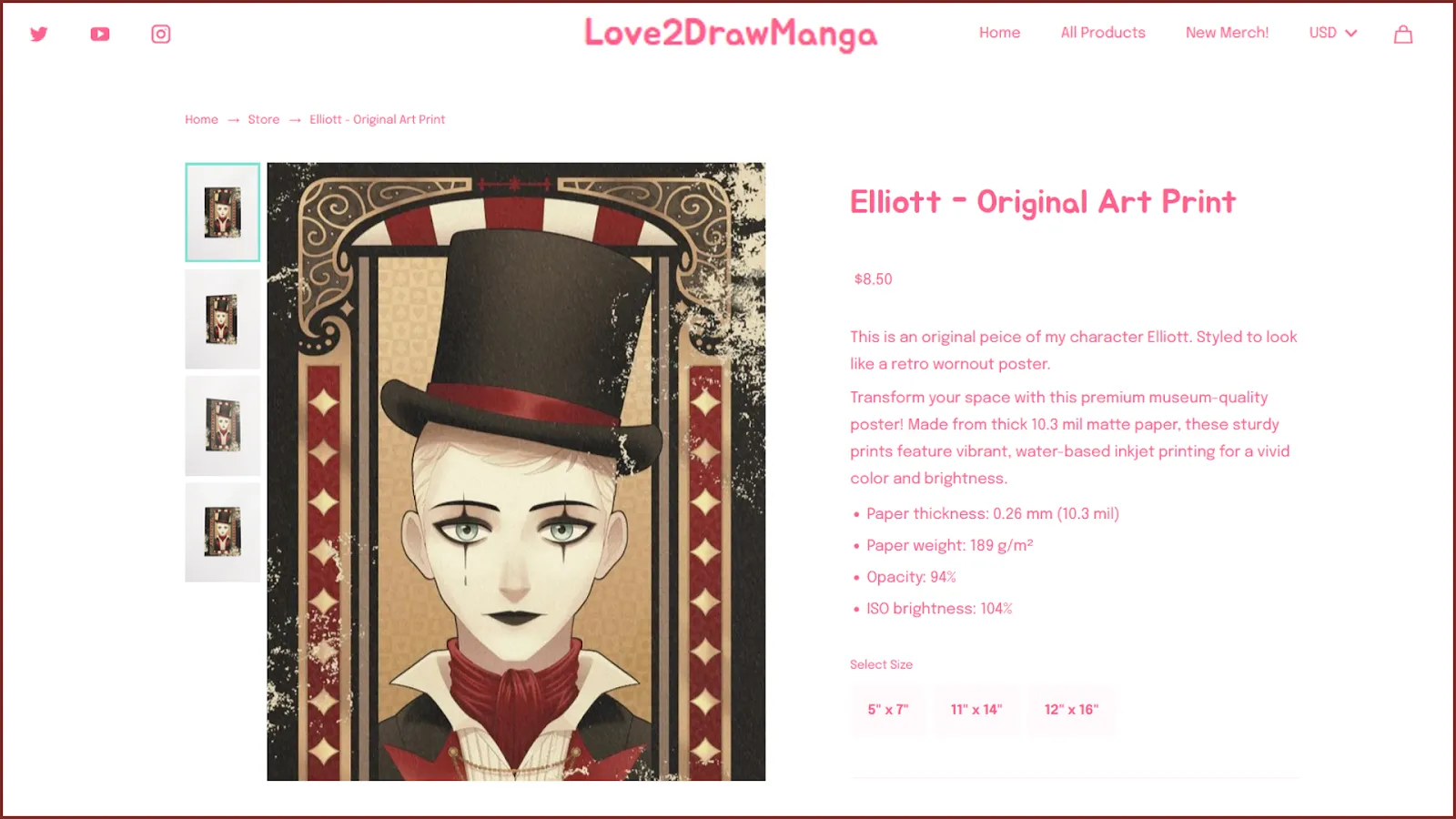
2. Conduct Market Research
Before you start selling digital art, it's essential to understand the digital art market. Research what types of art are popular online, and pay attention to trends in color schemes, subjects, and formats. This research will help you as you're creating your own digital artwork, as it will make you aware of what's currently appealing to your target audiences on sites like Fourthwall, Etsy, DeviantArt, and Fine Art America.
3. Choose a Great ECommerce Platform
Your ecommerce platform of choice is where you'll be selling your digital art, so it's important to choose the right one! Online marketplaces like Fourthwall, Etsy, Society 6, and others offer different features and reach audience demographics, so it's smart to evaluate each platform based on your needs, whether you're looking for ease of use, print on demand services, or a community of digital artists. Fourthwall is an especially great choice, as there are no monthly fees or upfront costs, and they only take 3% on digital products!
4. Set Up Your Online Store
Once you've chosen your ecommerce platform, setting up your online store is the next step (and it's a fun one!) This is where you'll create standout listings for your print on demand and digital download artworks, including high quality images, detailed descriptions, and SEO-friendly keywords so people can find your art. Pricing your art is part of this process, so carefully consider the costs of creating your art; the value of your artwork; and what artists similar to you are charging for their art prints.
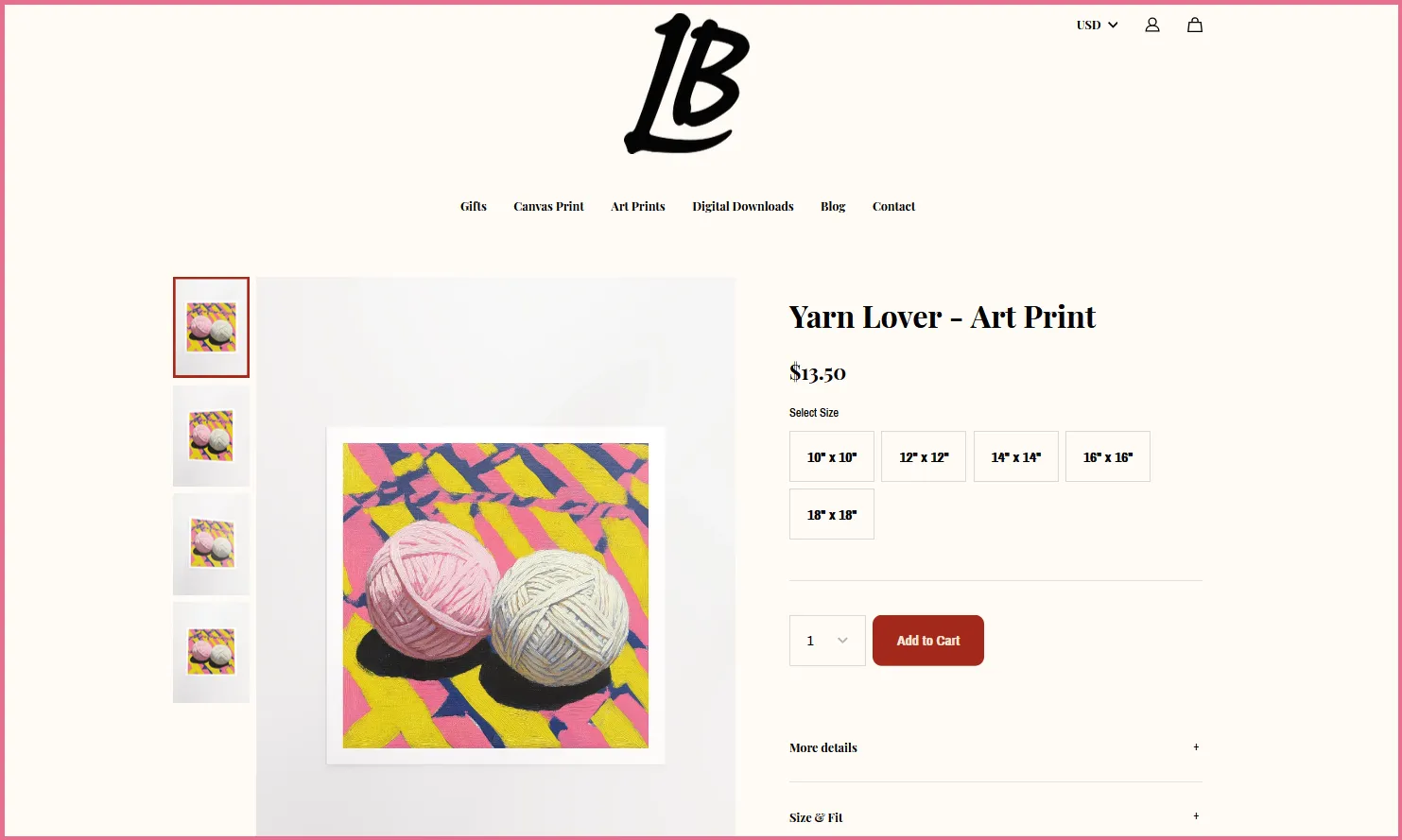
Then, make sure you have secure payment processing in place (sites like Fourthwall offer a long list of payment options for your customers), and that the delivery of your digital art files and other digital products are automated, so your customers can get their purchases right away. Great customer service and responding to any queries about your art and your shop are the final pieces of this puzzle!
5. Market Your Digital Art
Now it's time to promote, promote, promote. Whether you're on Fourthwall, Etsy, Fine Art America, or DeviantArt, effective marketing and promotional efforts are essential to selling digital art online - if people can't find you, you can't sell art to them! Use social media platforms like Instagram, Pinterest, and TikTok to showcase your digital artwork and other digital products, and consider creating special socials posts around new pieces, themed collections, or any special sales events you might be having in your ecommerce store. Building a strong online presence and hyping your art on your socials helps you reach a wider audience on your online marketplaces of choice.
6. Analyze and Grow
Congrats! You've launched your new digital art business! Now it's time to continuously monitor what's happening in your ecommerce art store as you sell art online. Use analytics tools to track sales, customer feedback, and website traffic to see which artworks are generating the most interest and the most print on demand and digital download sales. Regularly updating your listings and refreshing your marketing strategies based on these insights will help you optimize your art business, sell art, enjoy an influx of passive income, and maximize your revenue!

Protect Your Digital Art
Protecting your digital artwork when selling art is essential to prevent unauthorized use, and to make sure that you, as the artist, retain control over your creations. Here are some strategies:
Watermarking and Copyright
Registering your art with copyright offices is a good start. You technically don't need to - your artwork is automatically protected by copyright law as soon as you complete it. However, if you need to offer proof in a legal situation, having a registered copyright of your work will favor your side. Watermarks can also be applied to your digital art when displaying and selling art online on sites like Fourthwall, Fine Art America, or your Etsy shop, which will help deter unauthorized use of your artworks, ensuring that you get credit and compensation for your creations.
Use Low Quality Images for Preview Pictures
Displaying low resolution images of your artwork online can help protect your high resolution digital art print files, and ultimately your creations, as you sell art online. Using low resolution display images on your ecommerce site allows potential buyers to can see your work without having access to the high-resolution, final versions; if they download the display images and try to print them, they won't be of good enough quality to frame and keep.
Create a Commercial License for Your Art
Putting a definitive notice on your Fourthwall or Etsy shop stating that the artwork your customer is purchasing is for "personal use only" and that it may not be altered, modified, or resold in any form is a good start, especially for print on demand digital files. You can also offer a commercial license (if you so choose) that does allow buyers to repurpose your art (for instance, on a product label or T-shirt bearing your artwork), but within specific agreed-upon limits, ensuring that buyers use your work only within the agreed terms.
Consider Limited Editions and NFTs
Offering limited editions of your artworks, for instance only making 25 signed prints available to sell online before taking that particular print off of the market, can add exclusivity and a sense of urgency to purchase. You could also turn your artwork into NFTs (non-fungible tokens), which can tie you into the current NFT trend and may increase the value of your digital art. NFTs provide a new way to sell digital art with built-in ownership tracking and scarcity as people continue to collect NFT art.
Maximize Your Digital Art Sales with Fourthwall!
Fourthwall is a powerful ecommerce platform where digital artists can host their online digital art gallery, list artworks for sale, and gather an audience of art fans! Fourthwall offers so many artist-friendly features, including beautiful looking listings; plenty of room for photo, video, and digital uploads; secure payment processing; and automated delivery of digital files, as well as print on demand options.
Fourthwall’s tools can even help you manage customer inquiries, run promotions, sell memberships to your art fans, and track sales performance with analytics. With Fourthwall, you can create a professional looking store for your artwork that showcases your creations and attracts buyers, so you can sell more art online, reach a global audience, and build your art business!

